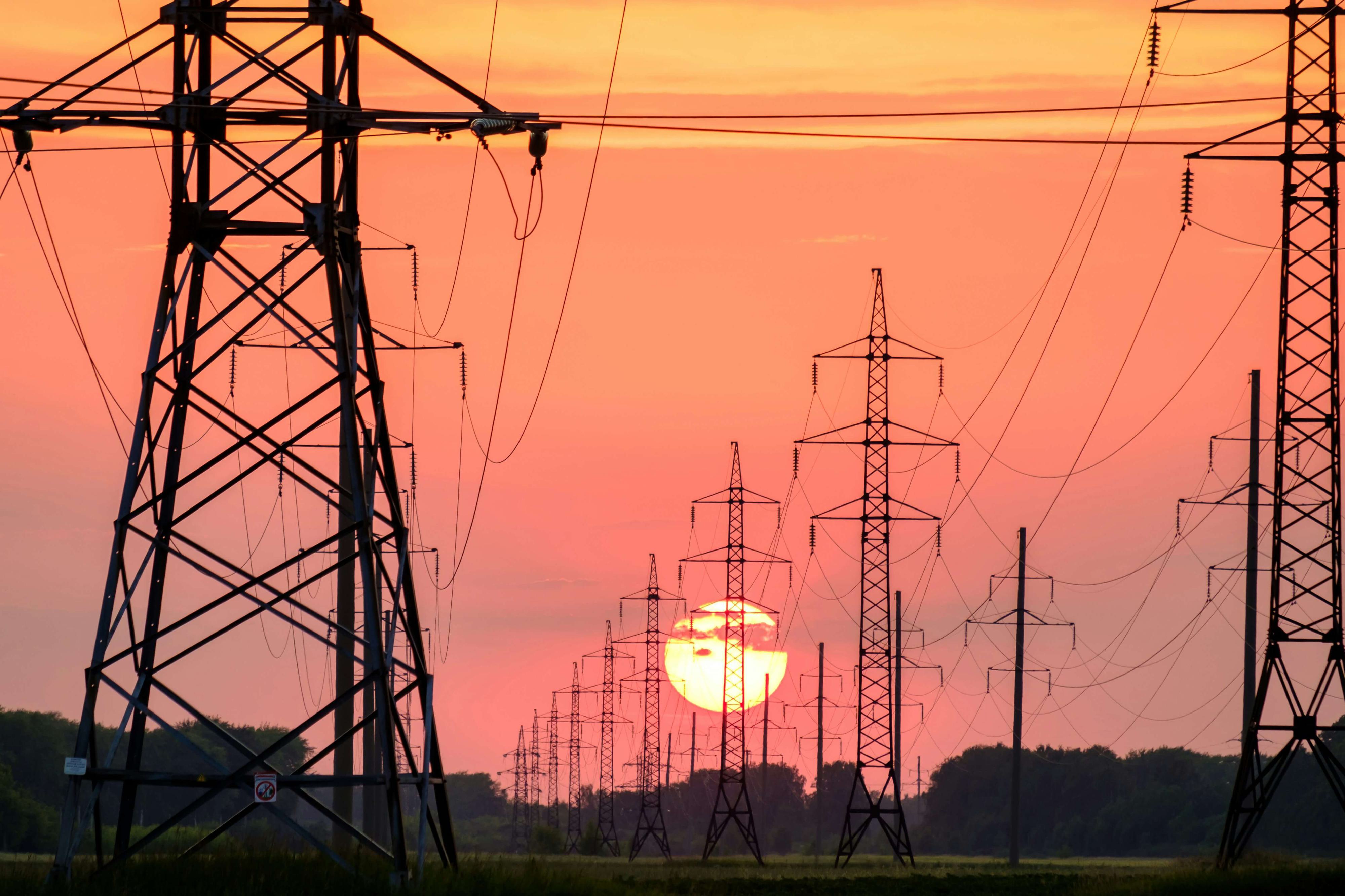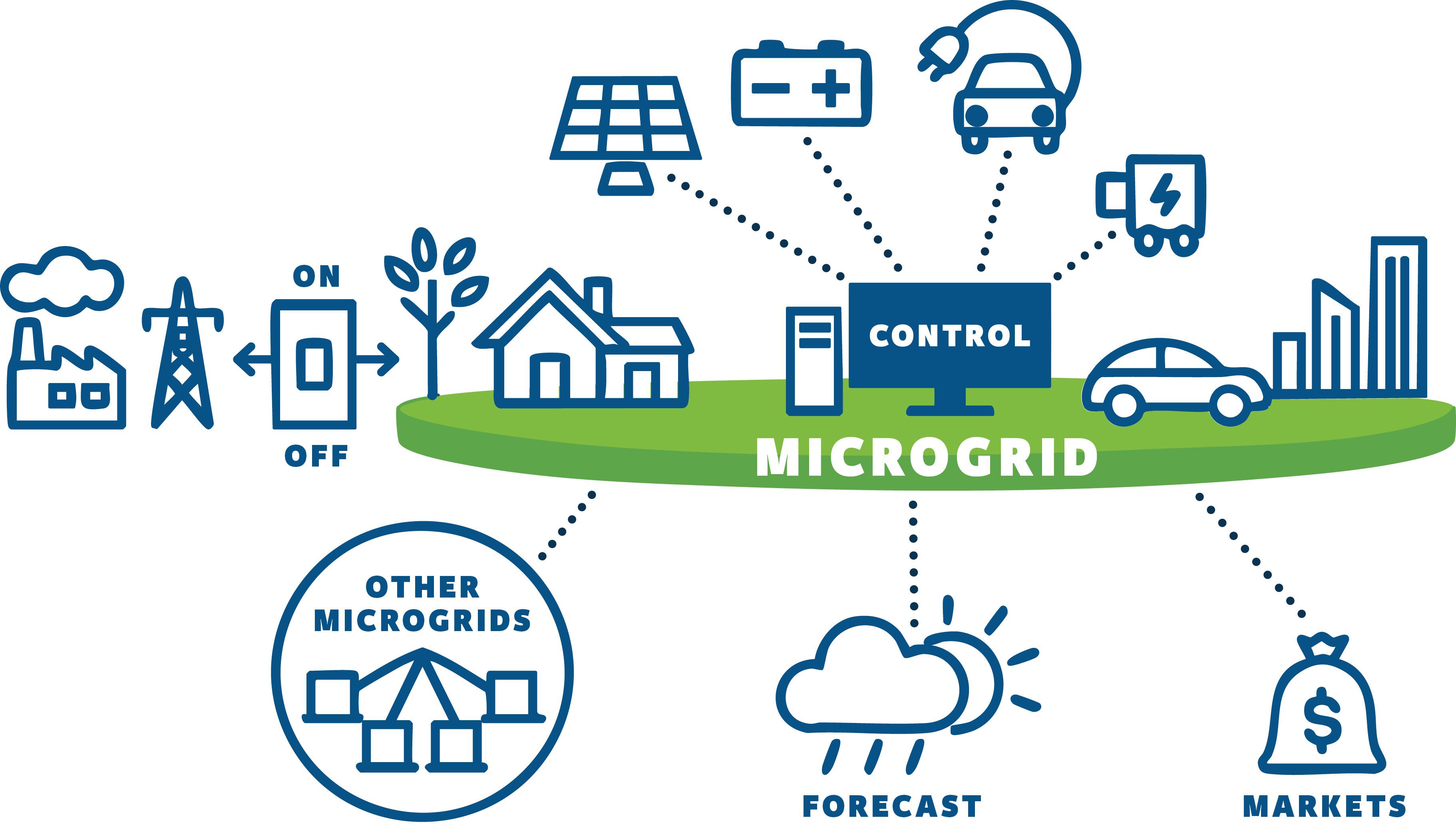HERO Hubs

What is a HERO HUB?
Louisiana will invest in building a network of microgrids, known as HERO Hubs, designed to deliver 24/7 electricity to critical infrastructure sites integrated with the main electric grid and statewide emergency operations, thereby strengthening energy security across the state.
During times when the main grid experiences power outages, a HERO Hub operates as an emergency backup system, keeping the lights on at a specific site and its surrounding area, so it can continue its operations. A group of microgrids is commonly referred to as distributed energy resources (DERs), which are connected to the main grid.
HERO Hubs are especially important for critical infrastructure that provides essential services, including hospitals, community centers, cooling shelters, schools, and sites where emergency operations are deployed. HERO Hubs help communities recover after disasters, protect those most at risk from power outages, and keep essential services up and running.
Ultimately, HERO Hubs can operate independently of the main grid to maintain power during outages, lower energy costs, reduce the need for more costly fuel sources, and give communities greater control over how their power is produced and delivered, making them more resilient and better equipped to meet local needs.
Why Louisiana needs HERO Hubs
Louisiana communities regularly face challenges from hurricanes, flash floods, extreme heat, and wildfires. These extreme events can leave families, businesses, and emergency services without power for days and sometimes even weeks. Furthermore, aging power infrastructure can be modernized with distributed energy resources to meet the rising electricity demands needed for large-scale economic development projects across the state.
HERO Hubs reduce risks and strengthen energy security by:
- Powering critical facilities like hospitals, shelters, military facilities, and emergency response centers
- Keeping essential services like water and cooling systems operational during power outages
- Improving overall community resilience and disaster readiness during emergency events
How a HERO Hub Works
HERO Hubs provide safe, affordable, and reliable energy. A HERO Hub operates as a localized energy system that produces, stores, and transmits electricity to a specific site and the main electric grid. The hub can be comprised of power generation, energy storage, and control center, which vary in components, size, cost, and performance.
1. Power Generation – Small-scale electricity power generation located on-site or near the facility.
2. Energy Storage – Stores energy for use during the night, on cloudy days, or when the main grid is unavailable.
3. Control Center – Advanced grid technologies to manage the flow of energy to the facility and main grid.
HERO Hubs function as distributed energy resources, improving power resilience by operating with or without the main grid, and delivering steady power when it’s needed most.
